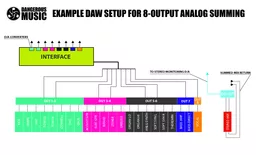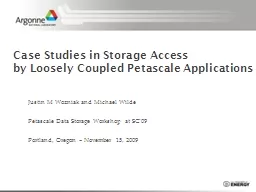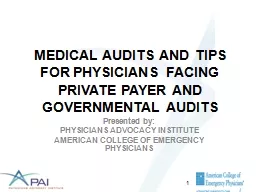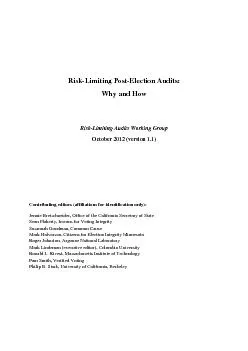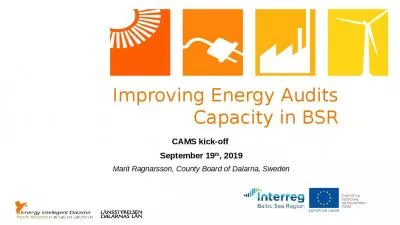PPT-Case Studies in Contract Close Out Audits
Author : lois-ondreau | Published Date : 2018-11-09
May 2014 J eff Witt CPA CIA CCA CFE MCSE Jeff is a Senior Manager in Moss Adams Construction Audit amp Advisory Services Practice with over 18 years of accounting
Presentation Embed Code
Download Presentation
Download Presentation The PPT/PDF document "Case Studies in Contract Close Out Audit..." is the property of its rightful owner. Permission is granted to download and print the materials on this website for personal, non-commercial use only, and to display it on your personal computer provided you do not modify the materials and that you retain all copyright notices contained in the materials. By downloading content from our website, you accept the terms of this agreement.
Case Studies in Contract Close Out Audits: Transcript
Download Rules Of Document
"Case Studies in Contract Close Out Audits"The content belongs to its owner. You may download and print it for personal use, without modification, and keep all copyright notices. By downloading, you agree to these terms.
Related Documents


